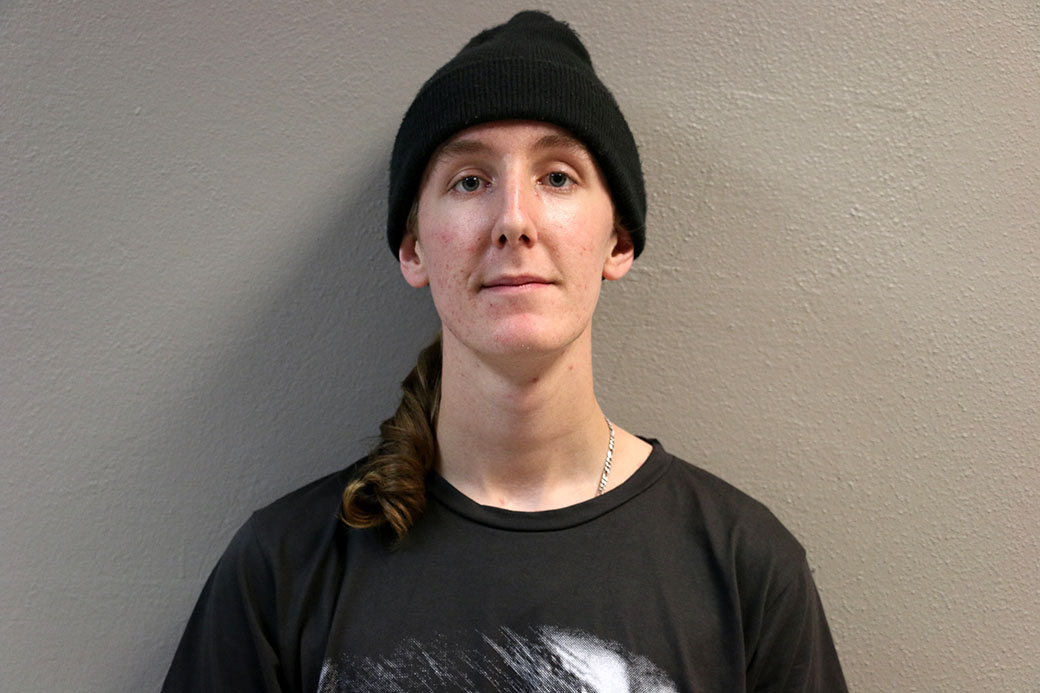
Genetically modified foods safe to eat, provide many benefits for consumers
Genetically modified foods (GMFs), genetically modified organisms (GMOs), “Frankenstein Foods.” With more than a mouthful of names, GMOs are a topic surrounded by a heavy haze of uncertainty for many people. Some people say GMOs are dangerous, while others say they’re safe. And why do we need GMOs? The answers to all of the questions regarding GMOs are rather simple.
Genetically modified foods are safe to eat and hold numerous benefits for many groups of people.
With more than 2,000 studies affirming their safety, GM foods are one of the most analyzed subjects in science. With such a litany of scientific support, it’s not possible to rationally deny that GM foods are safe to eat. To deny that claim is to reject the conclusions of more than 2,000 scientifically conducted studies.
GM foods hold much more potential than non-GM foods. GM foods have significantly higher yield, meaning more food grows on the same amount of land. GM crops can be planted where conventional crops can’t grow. In a world of an ever-expanding population with expanding cities, being able to get more food from the same amount of land will be crucial. In fact, the United Nations has predicted the world will need to produce 70 percent more food by 2050, and farmland is becoming less accessible.
Salination, a process in which salt builds up over time in soil, leaving it toxic and inhabitable for crops, destroys 7.7 square miles of land every day, and 240,000 miles in total so far. Any repairs for salination take years and are very expensive. GM crops pose a significant solution — one GM crop that’s tolerant of high salt levels in soil already exists.
The world needs to produce more food by 2050 on less land. This is only achievable with GM crops.
Additionally, GMOs are safe for the environment. A recent study done in Europe has confirmed that GM corn doesn’t have impacts on non-target organisms, like butterflies or soil microorganisms.
GMOs are safe to eat and safe for the environment, both of which facts are backed by evidence and research. Not only are these crops safe, but they pose a simple solution to a significant problem facing the planet in the coming years.
